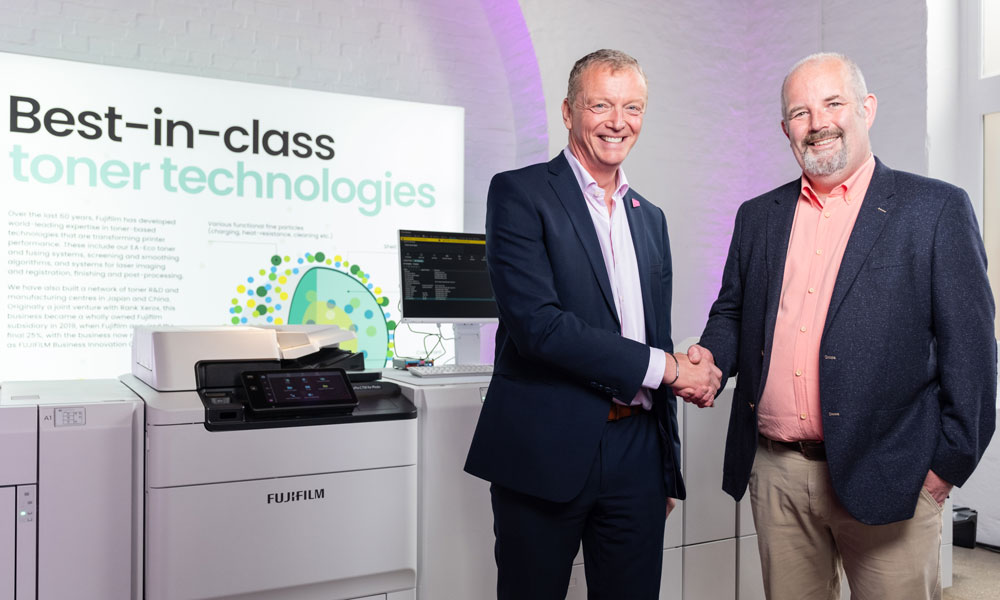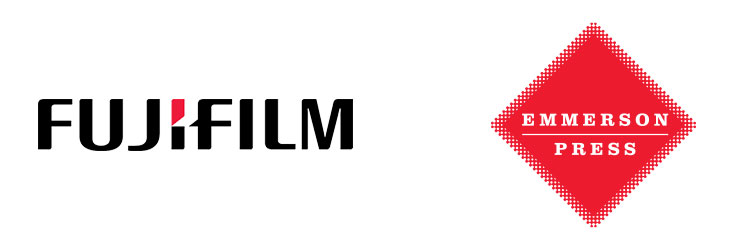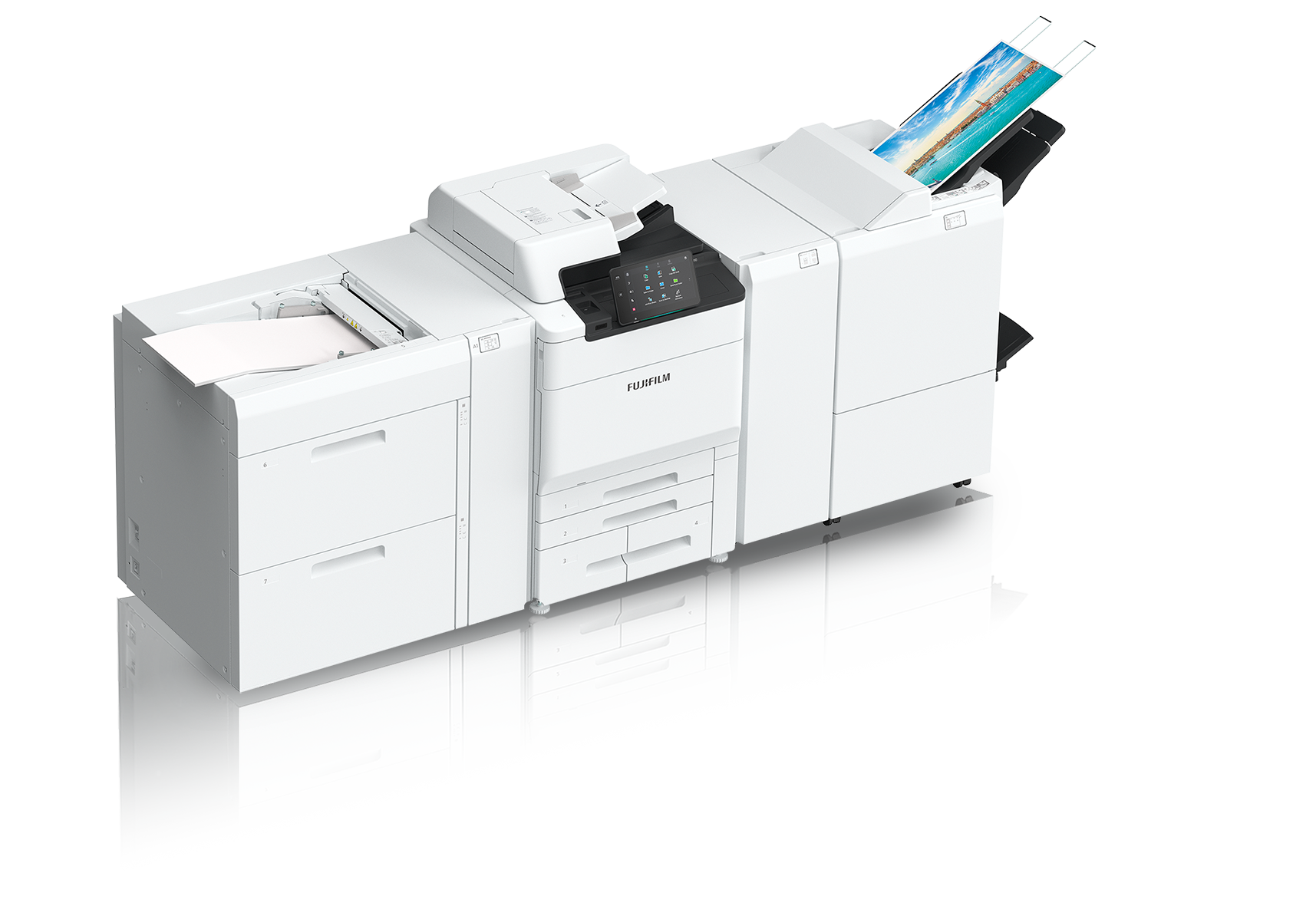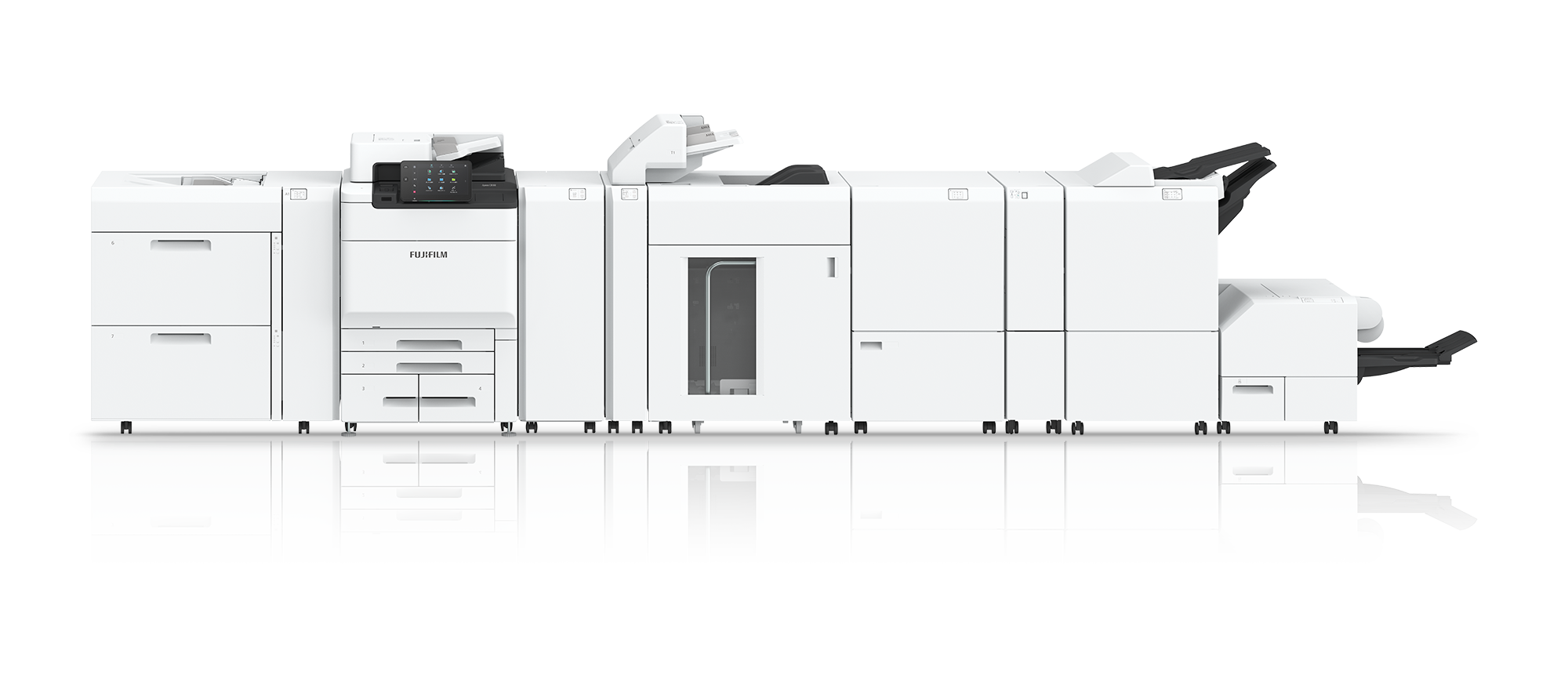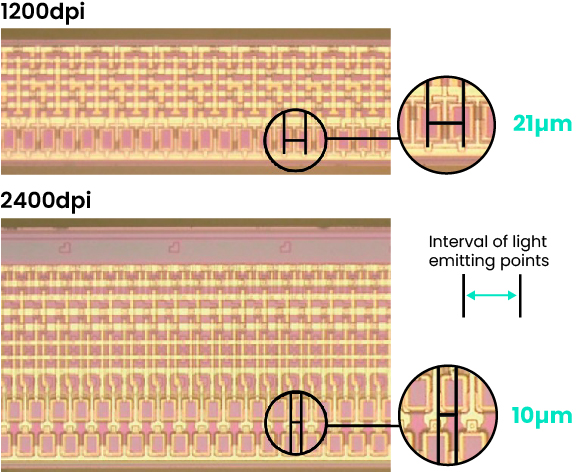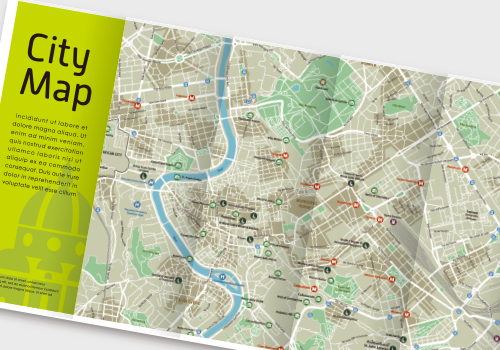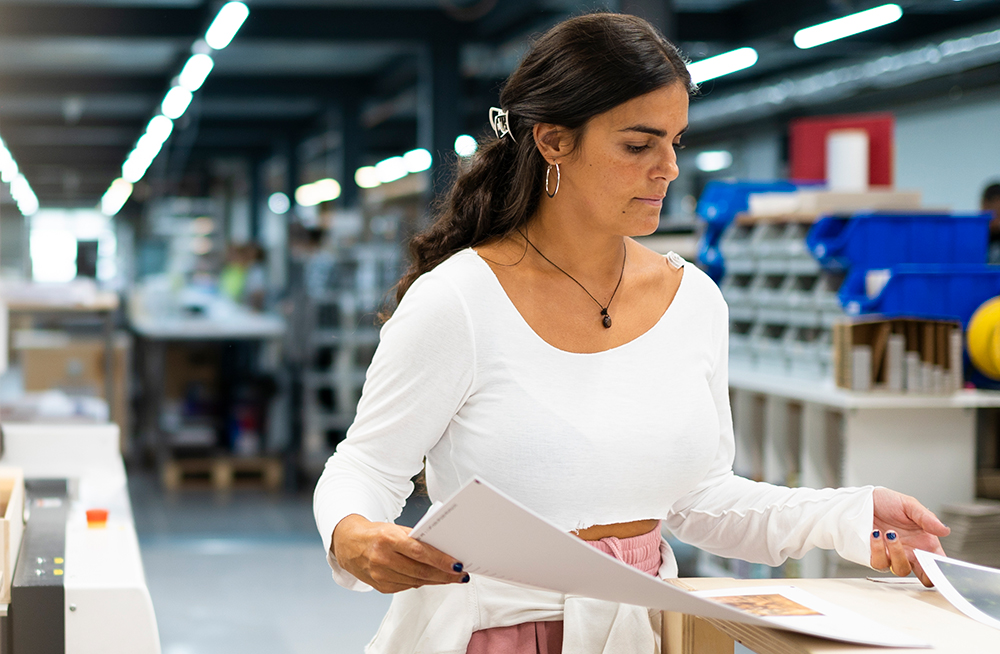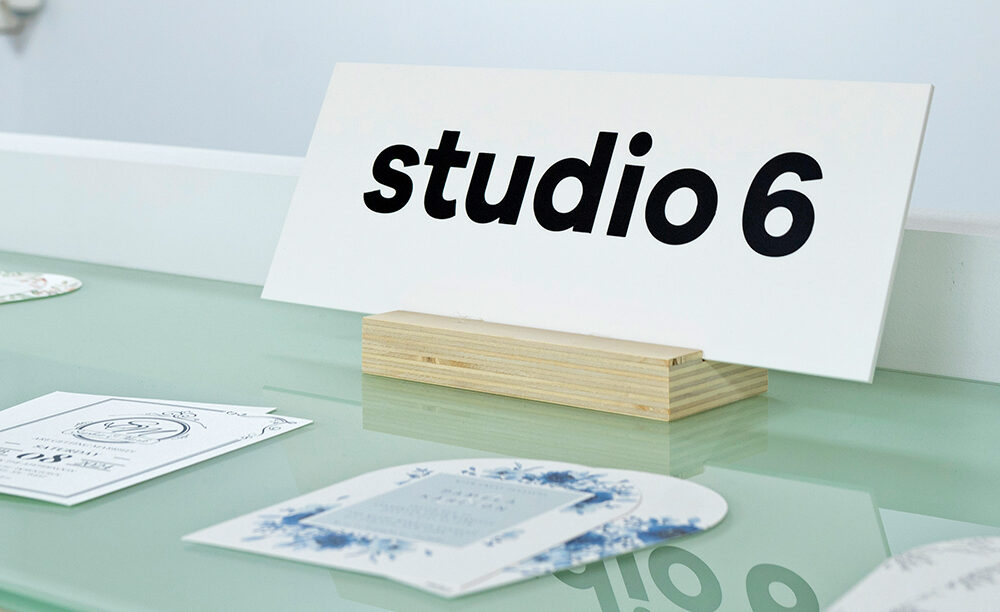Étude de cas
EA Printing se tourne vers l’avenir en investissant dans la presse Revoria PC1120 de Fujifilm
Temps de lecture: 7 minutes

Avec Fujifilm, nous bénéficions désormais du soutien d’une équipe soudée, compétente et très professionnelle pour nous aider.
Matt Saulsbury | EA Printing
Voir la vidéo
Points forts
- EA Printing investit dans la presse Revoria PC1120 pour élargir son offre d’impression à ses clients.
- Matt Saulsbury, copropriétaire de l’imprimerie, considère que l’investissement dans la presse numérique et le partenariat avec Fujifilm sont des étapes prometteuses pour l’avenir de l’entreprise.
- L’entreprise d’impression numérique travaille avec une multitude de grandes marques britanniques et internationales, et propose une large gamme de services.
- La presse dispose d’un moteur d’impression perfectionné proposant dix couleurs, dont le doré, l’argenté, le blanc, le rose et le transparent, facilement configurables dans six stations.
- Outre les couleurs spéciales, EA Printing a constaté une amélioration de la productivité et de la qualité par rapport à sa presse précédente.
- EA Printing prévoit des journées portes ouvertes pour permettre aux agences de communication de découvrir le potentiel créatif des couleurs et des effets spéciaux qu’elle peut désormais offrir.
Petite entreprise par la taille, EA Printing, basée dans le Leicestershire, travaille avec de très nombreuses grandes marques britanniques et internationales, à la fois directement et par l’intermédiaire d’agences de communication. Offrant une large gamme de services, de l’impression numérique au grand format, en passant par la typographie, la découpe, le gaufrage et le débossage, EA Printing se spécialise dans les travaux complexes et conceptuels que ses clients ont du mal à faire réaliser ailleurs. Ayant besoin de remplacer leur ancienne machine à toner en fin de vie, Matt Saulsbury et David Kennedy, deux chefs d’entreprise très actifs, ont envisagé plusieurs options avant d’opter pour la presse Revoria PC1120.

M. Saulsbury explique : « nous n’avions jamais traité avec Fujifilm auparavant, car jusqu’à récemment, la société n’était pas directement présente sur le marché du toner au Royaume-Uni. Toutefois, comme chacun le sait, les presses numériques à toner fabriquées par Fujifilm existent depuis longtemps, et nous en utilisons une nous-mêmes depuis de nombreuses années. J’ai toujours été très impressionné par la technologie, alors, quand j’ai vu plusieurs articles dans la presse spécialisée annonçant que Fujifilm entrait directement sur le marché du toner au Royaume-Uni, cela a éveillé ma curiosité. Je connais la qualité de leurs produits et j’ai été séduit par l’idée de travailler directement avec eux. »
« Finalement, c’est la visite d’un représentant commercial grand format de Fujifilm qui nous a vraiment convaincus. Il est venu nous parler du grand format, mais nous avons très vite bifurqué sur la Revoria, et là, tout s’est enchaîné. »
« Nous avons bien envisagé quelques autres options, y compris de nous en tenir à notre fournisseur actuel, mais nous avons finalement décidé de saisir l’occasion d’investir dans un projet qui nous aiderait à différencier notre offre et à développer notre activité, plutôt que de rester figés et de continuer à faire ce que nous faisions jusqu’à présent. Une fois cette décision prise, le choix était évident. »
La presse Revoria PC1120 d’EA Printing a été installée fin décembre 2023 et mise en service dès le début du mois de janvier. « Tout de suite, l’activité a été très intense », poursuit M. Saulsbury. « Avant même que nous ayons reçu la formation complète pour l’utiliser, les travaux affluaient. Nous avons vraiment apprécié son option d’encre blanche, avec toutes les commandes que nous recevons aujourd’hui pour imprimer sur des cartons foncés ou colorés. Par ailleurs, nous avons immédiatement perçu le potentiel des options d’encre dorée et argentée pour réaliser des travaux à forte valeur ajoutée avec des effets métallisés. Mais, à notre grande surprise, le plus grand avantage a été jusqu’à présent l’encre rose, qui nous a déjà permis de décrocher plusieurs contrats pour des cartes de vœux. L’agence de communication en charge des cartes de vœux avait besoin d’un imprimeur capable de produire des couleurs fluorescentes, et le rose fluo que nous pouvons obtenir sur la PC1120 correspondait exactement à ce qu’ils recherchaient. »
« L’autre avantage du rose, d’un point de vue beaucoup plus pratique, est que nous pouvons désormais faire correspondre beaucoup plus de couleurs Pantone qu’auparavant. Nous avons toujours des clients qui nous apportent des couleurs un peu insolites pour nous demander si nous pouvons les reproduire. Grâce au rose, c’est beaucoup plus souvent possible aujourd’hui. »
Avec toutes les nouvelles possibilités offertes par l’entreprise, EA Printing prévoit des journées portes ouvertes pour permettre aux agences de communication de découvrir le potentiel créatif des couleurs et des effets spéciaux désormais disponibles. Outre les couleurs spéciales, M. Saulsbury souligne également l’amélioration de la productivité et de la qualité constatée par rapport à la presse précédente.
« J’ai été surpris par la qualité. » M. Saulsbury le reconnaît. « Je savais qu’il s’agissait d’un bond en avant par rapport à ce que nous avions auparavant, mais je ne m’attendais pas à ce que ce bond soit aussi conséquent. C’est vraiment remarquable, et certains de nos clients nous en ont aussi fait part. »
Sur un marché exigeant, M. Saulsbury est confiant dans les perspectives de son entreprise et considère son nouvel investissement et son partenariat avec Fujifilm comme des étapes prometteuses pour faire face à l’avenir.
Solutions d’impression de labeur
Un seul partenaire pour le meilleur du jet d'encre et du toner. Découvrez notre gamme complète de presses numériques ainsi que des articles et des témoignages de clients ayant bénéficié de leurs investissements dans la technologie numérique de Fujifilm.
Découvrez notre gamme de labeur
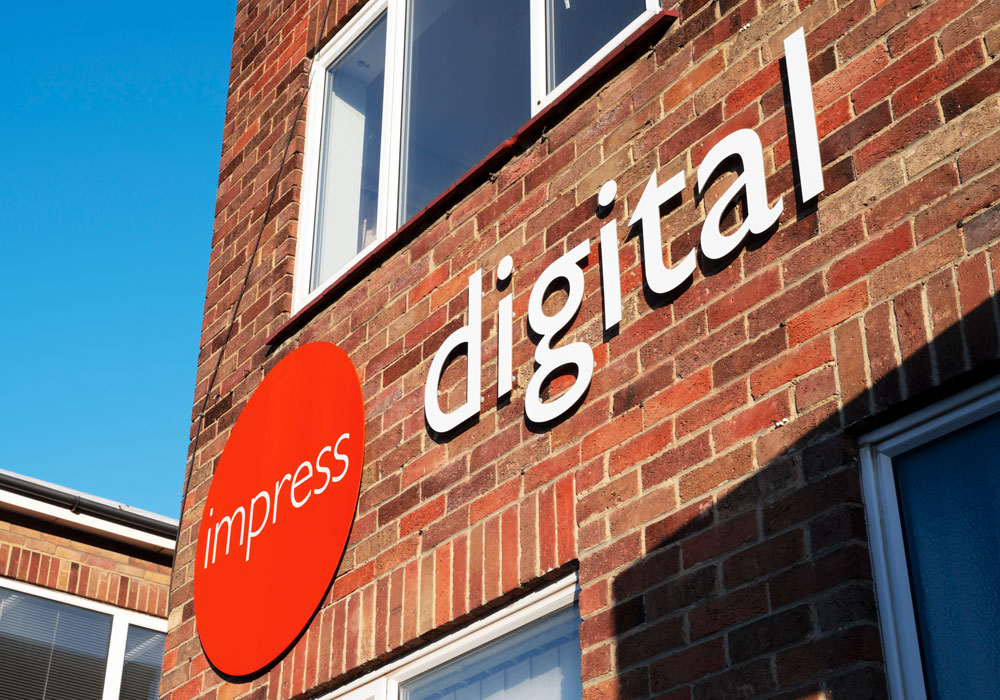

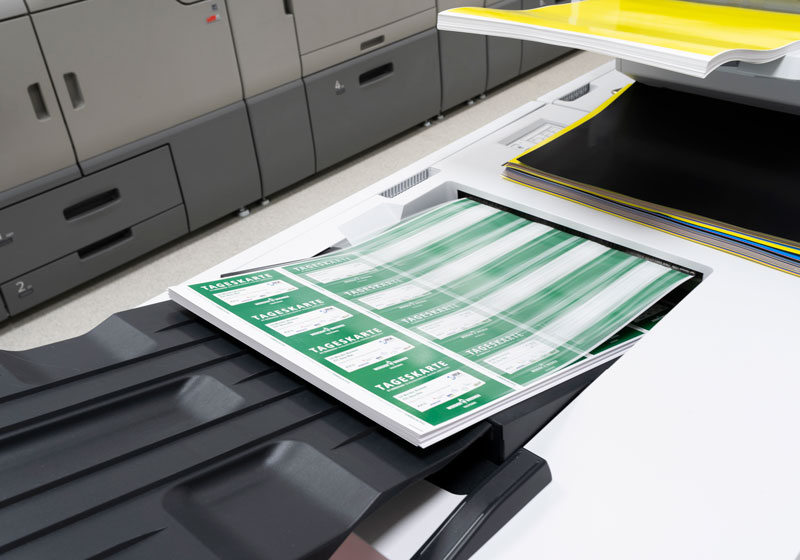
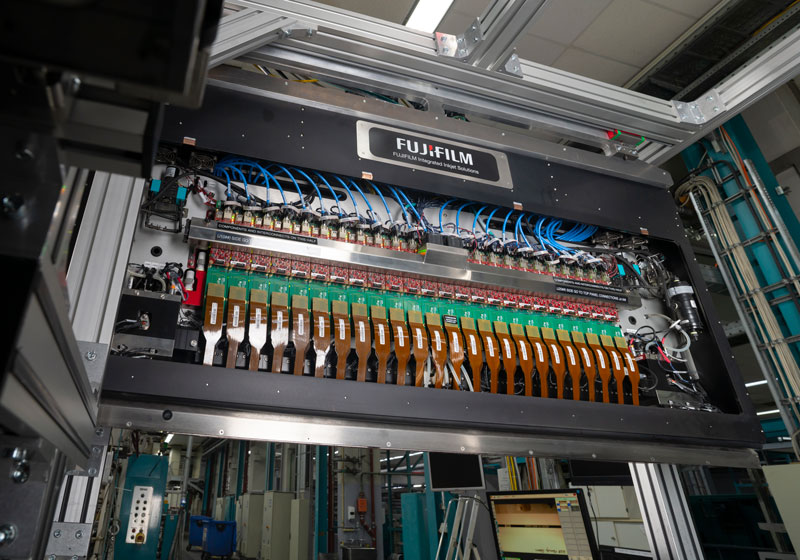
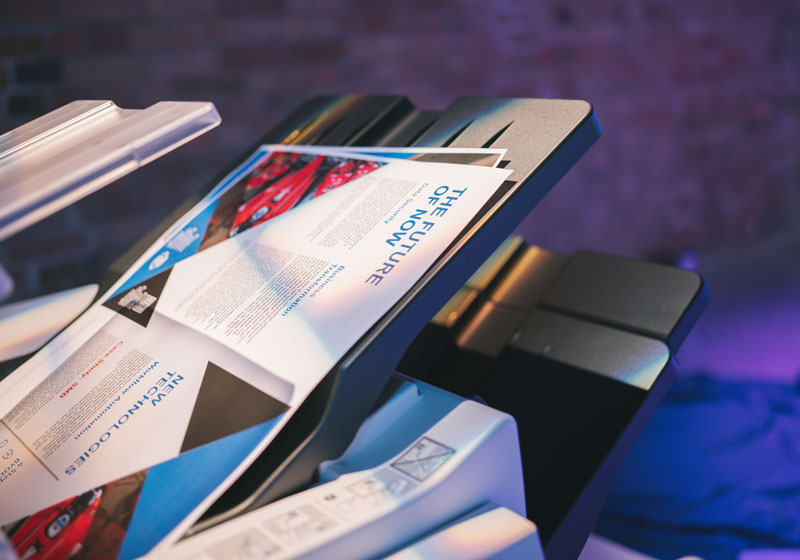

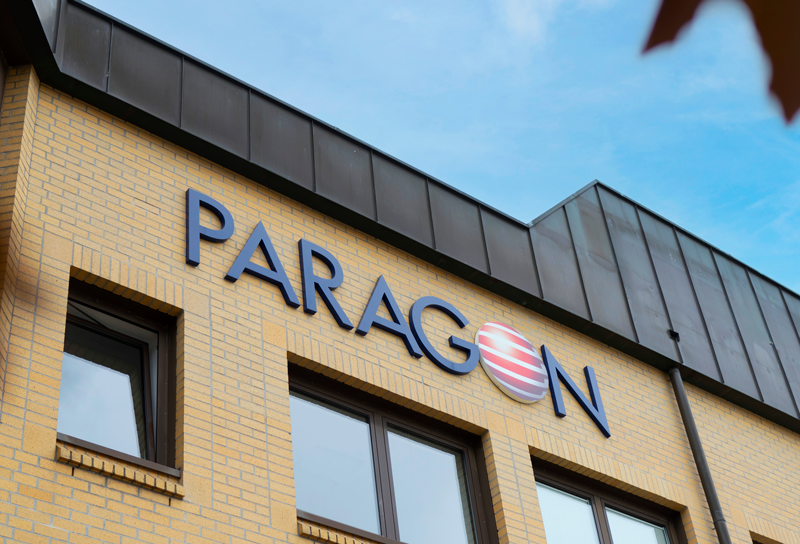


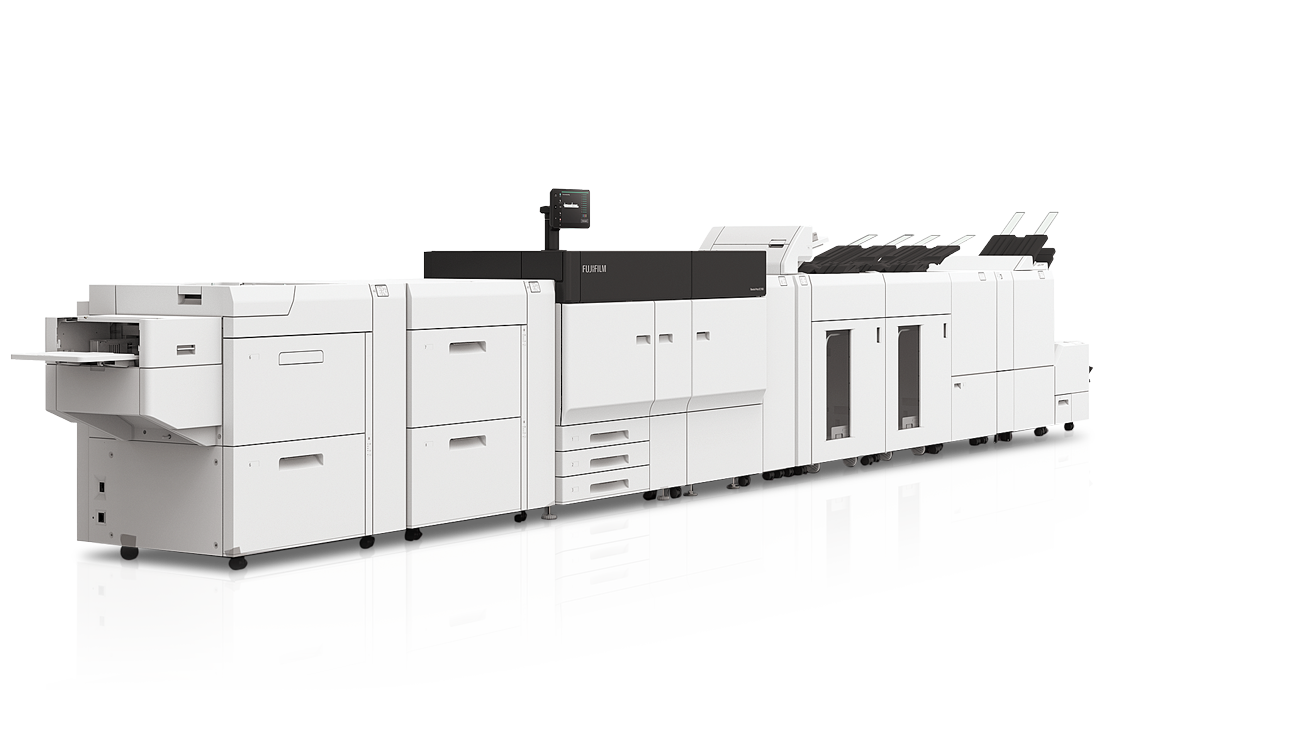

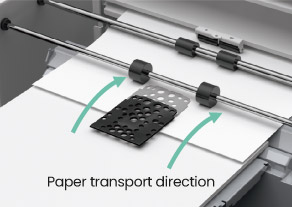

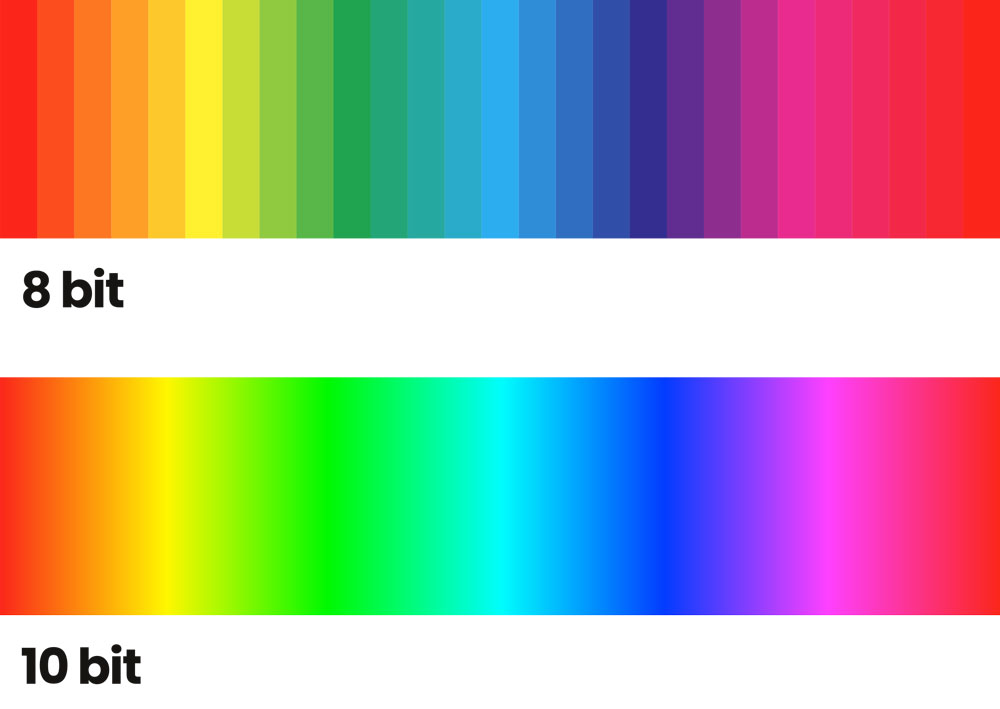

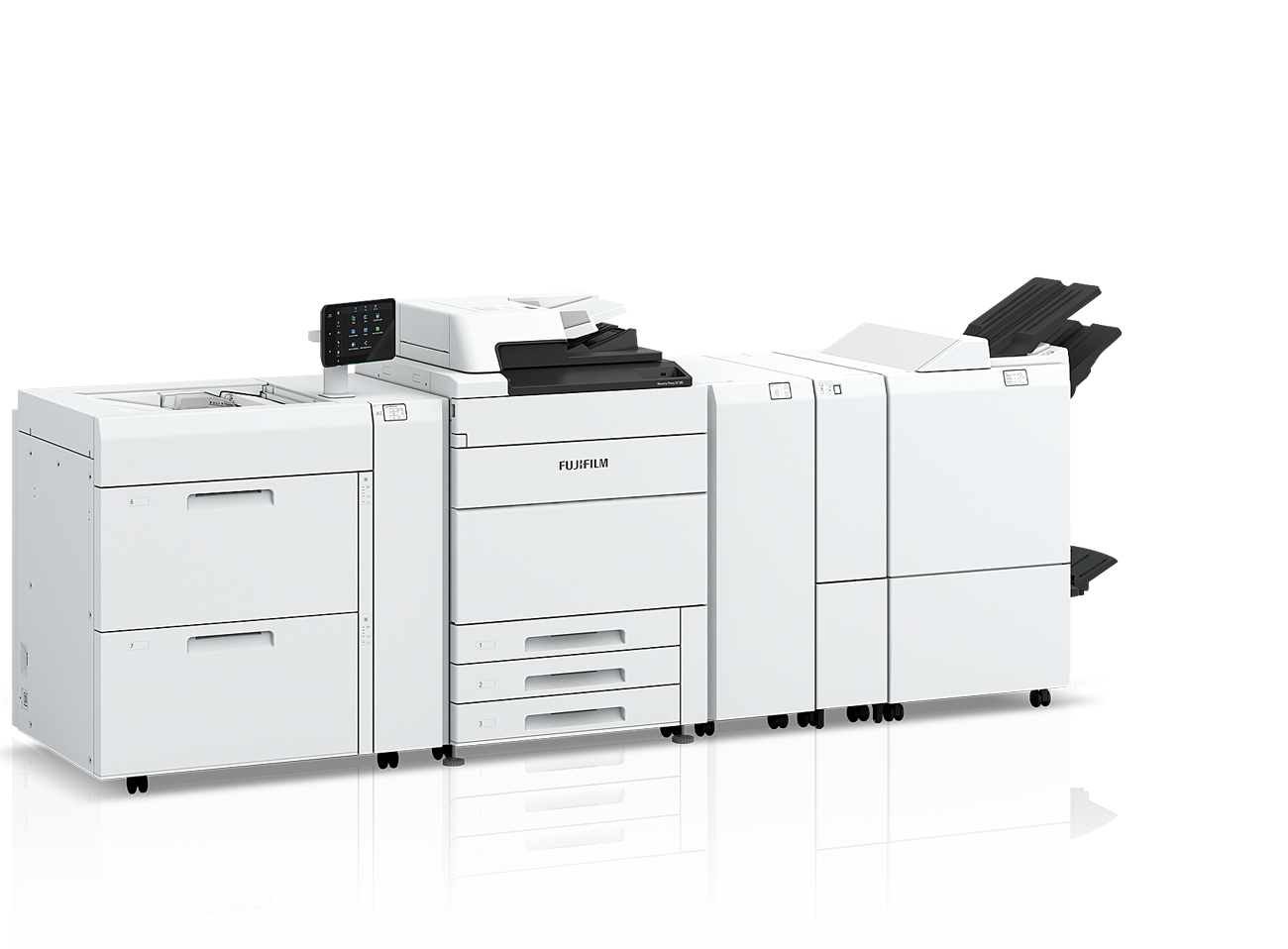
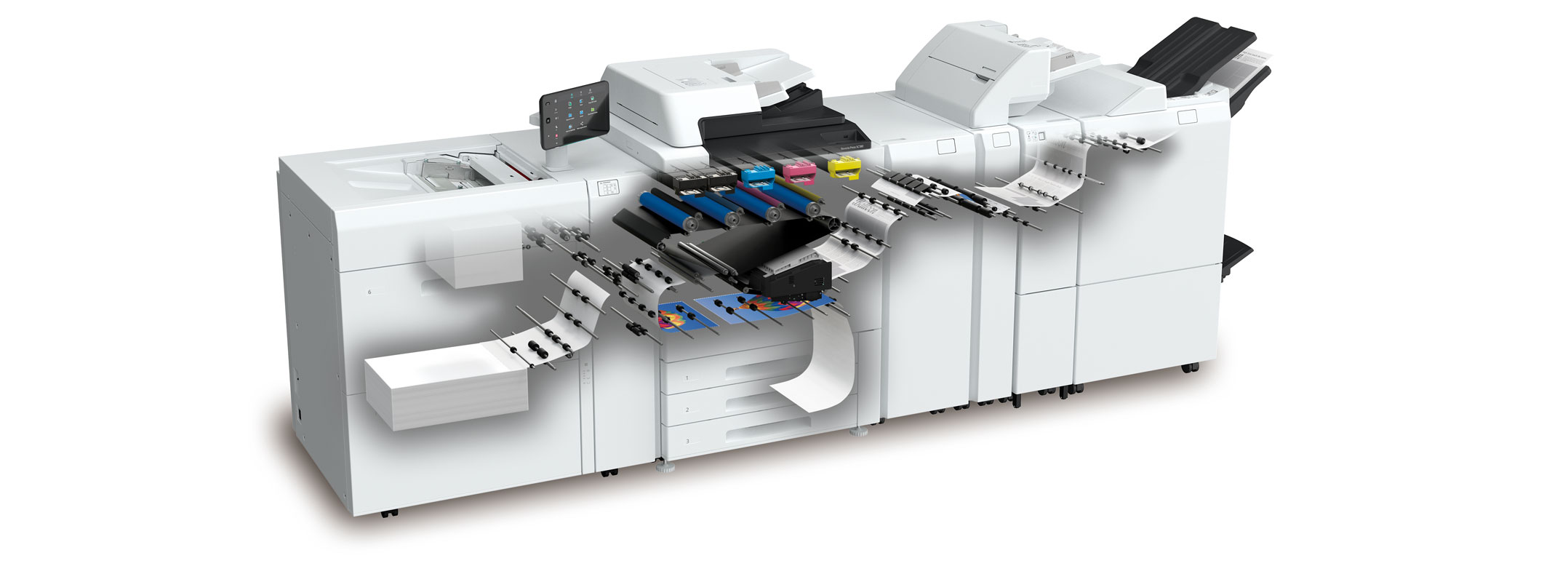
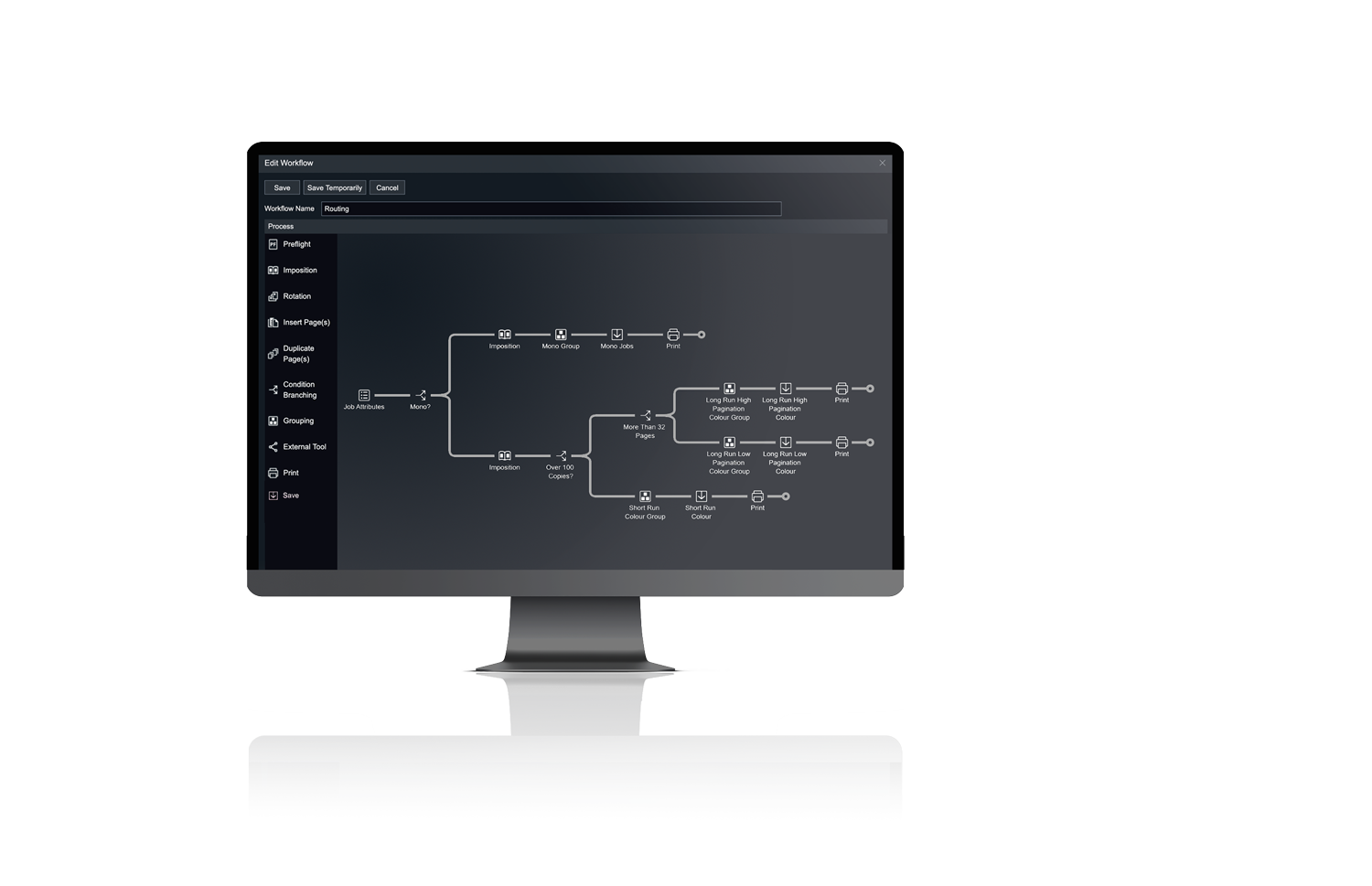
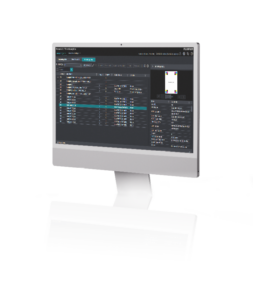 PressReady Lite provides a valuable quality control gate before printing, checking for things such as poor image resolution and the presence of RGB images, and if there are cut, trim and bleed settings in the file.But where PressReady Lite adds even more value is in its ability to not only just check for errors, but automatically fix many common problems.
PressReady Lite provides a valuable quality control gate before printing, checking for things such as poor image resolution and the presence of RGB images, and if there are cut, trim and bleed settings in the file.But where PressReady Lite adds even more value is in its ability to not only just check for errors, but automatically fix many common problems.